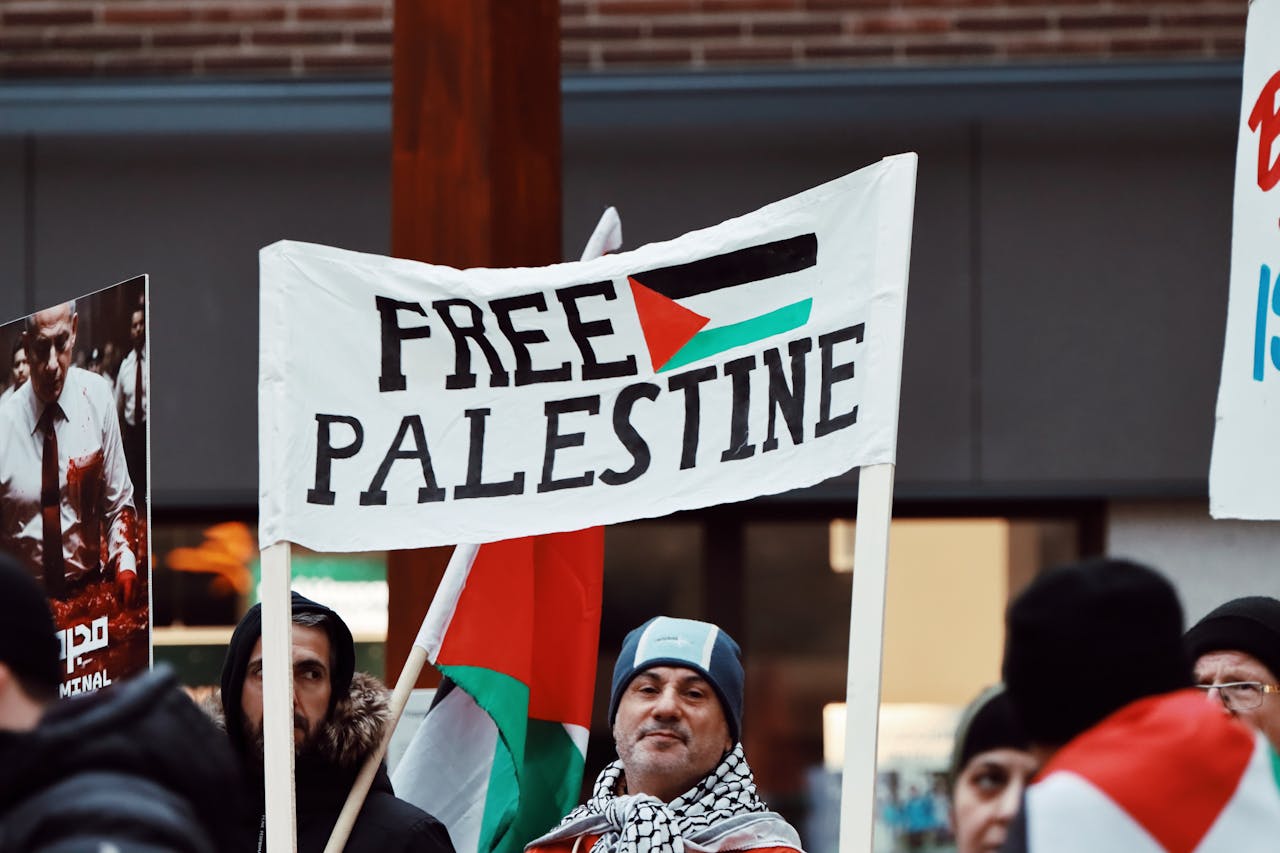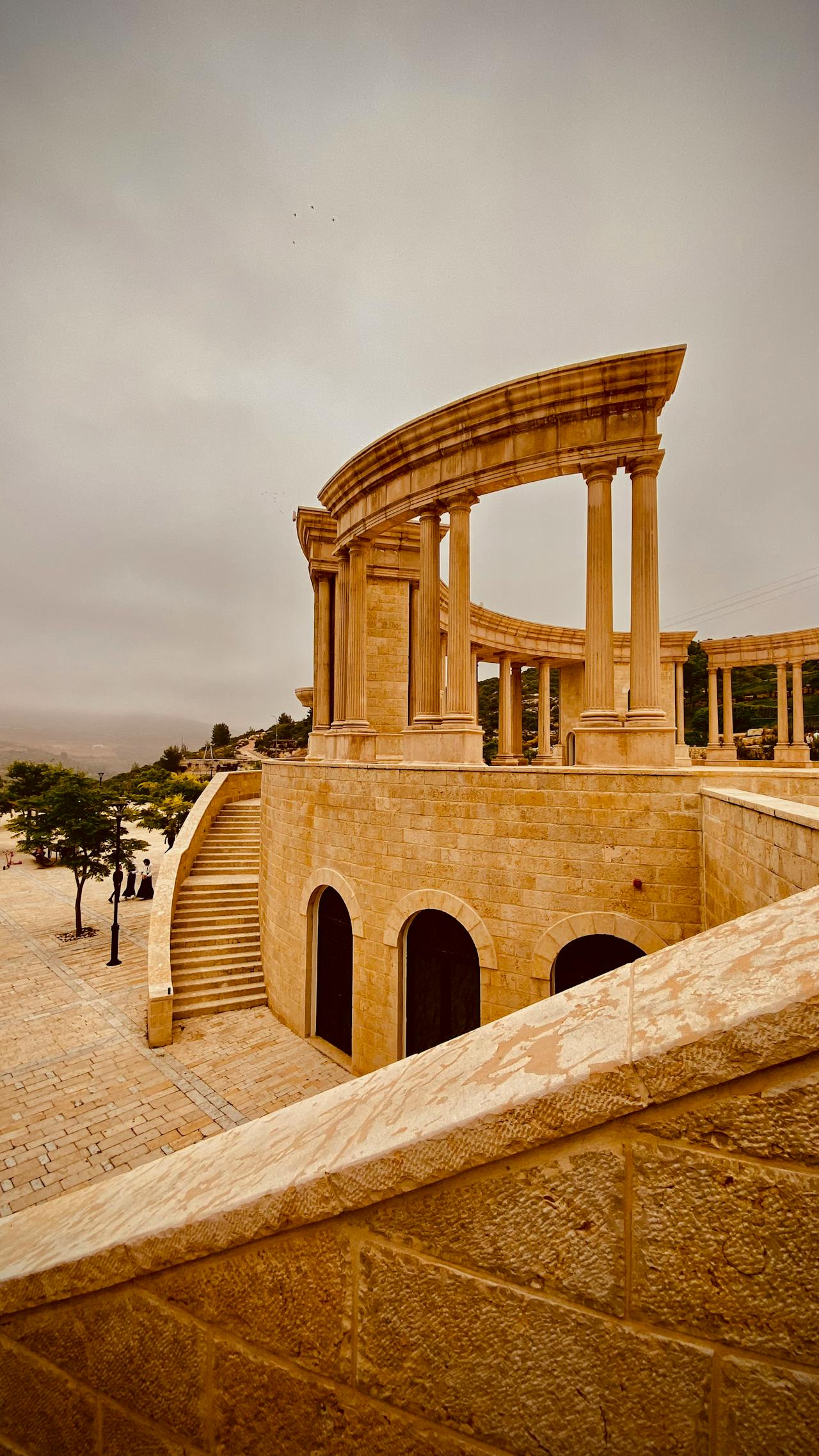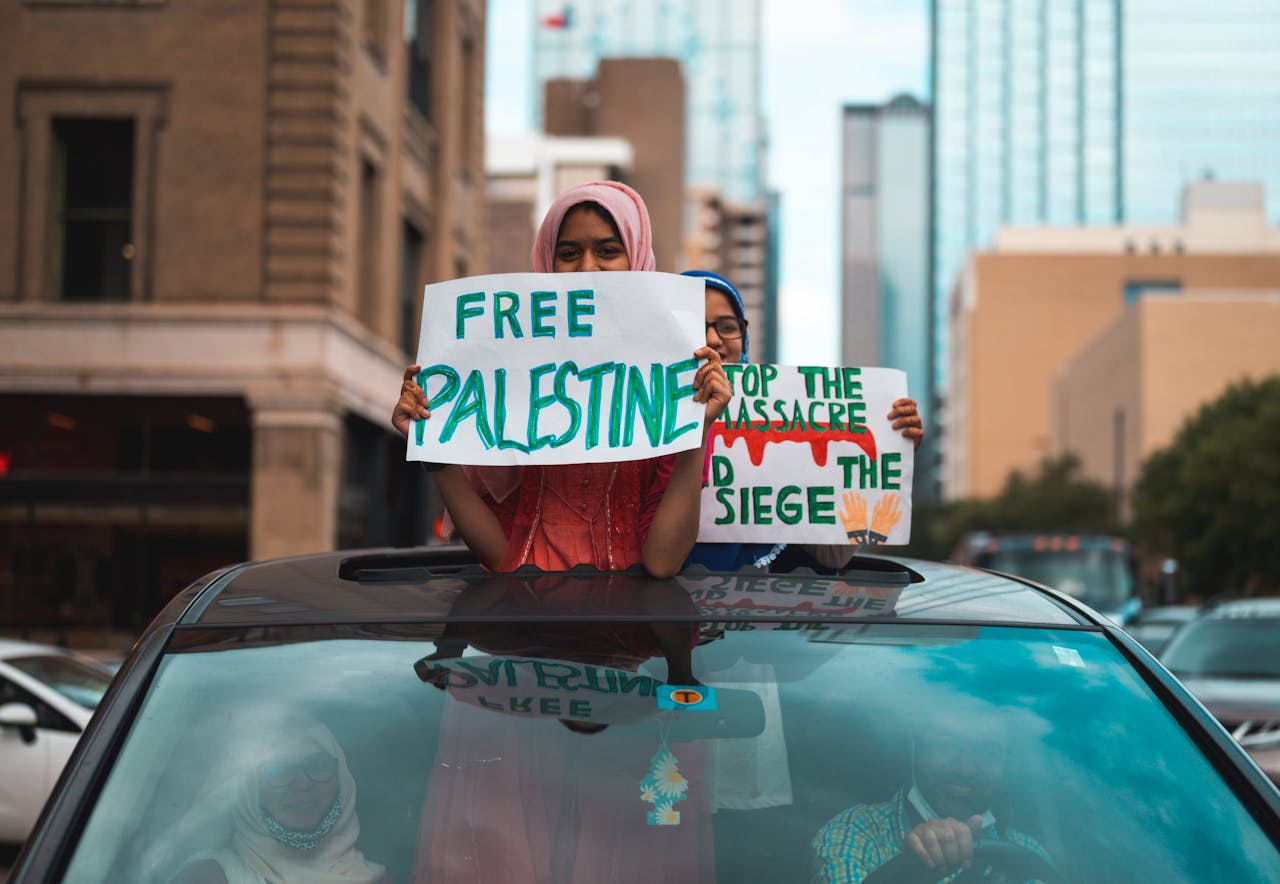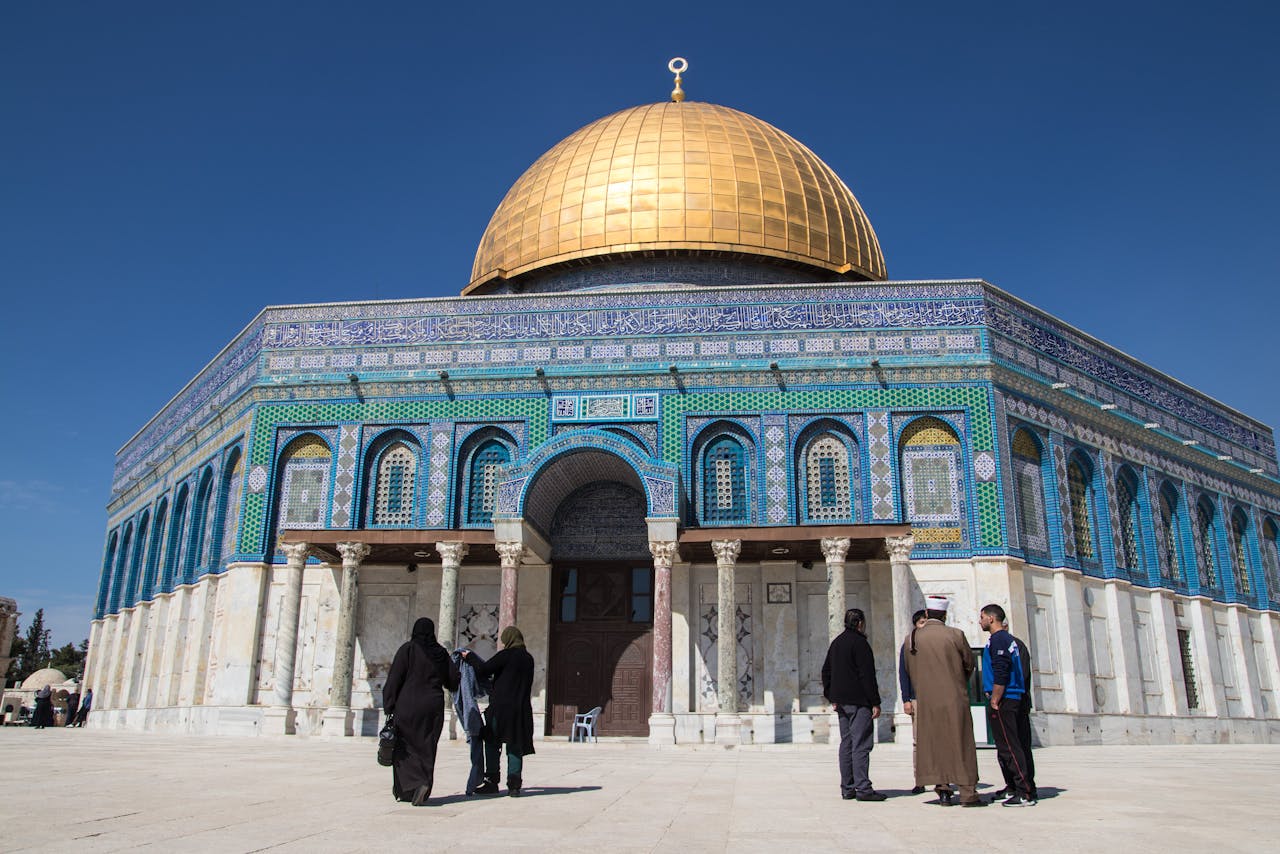Palestine: Sacred Land, Resilient Spirit

Palestine is a timeless land of faith, culture, and resilience. From the ancient streets of Jerusalem and Bethlehem to the vibrant markets of Nablus and Gaza’s Mediterranean shores, discover the heritage, hope, and humanity that define this beautiful land.
Palestine: Journey Through Faith, History, and Resistance
Palestine — a name that echoes across time. A crossroads of civilizations, a sacred heart for three major religions, and a land of profound resilience. For travelers and truth-seekers, Palestine offers more than scenic views and ancient ruins; it offers a window into one of the oldest, most complex, and inspiring cultures in the world.
📍 Where Is Palestine?
Palestine refers to the occupied territories of the West Bank, Gaza Strip, and East Jerusalem, though much of the historical region now lies within modern-day Israel. Despite political conflict, Palestinian cities remain vibrant and welcoming — their people proud, hospitable, and deeply connected to the land.
🕌 Sacred Cities and Sites
Jerusalem (Al-Quds)
One of the holiest cities in the world, especially for Islam, Christianity, and Judaism. Despite ongoing occupation and restrictions, East Jerusalem remains a hub of Palestinian culture and heritage.
-
Al-Aqsa Mosque & Dome of the Rock – Among Islam’s holiest sites.
-
Church of the Holy Sepulchre – Sacred to Christians as the believed site of Jesus’ crucifixion and resurrection.
-
Old City Bazaars – Narrow stone alleys with centuries of stories and traditions.
Bethlehem
The birthplace of Jesus Christ and a center of Palestinian Christian identity.
-
Church of the Nativity – The oldest church still in daily use.
-
Manger Square – The cultural heart of Bethlehem.
-
Banksy’s Walled Off Hotel – Facing the separation wall with politically charged art and the “worst view in the world.”
Hebron (Al-Khalil)
-
Ibrahimi Mosque/Cave of the Patriarchs – Revered by Muslims and Jews.
-
Old Souk of Hebron – Struggling to survive under military occupation yet resilient.
🌿 Landscapes of Palestine
-
The West Bank – Rolling olive hills, ancient terraced farms, and biblical landscapes.
-
Jericho – One of the oldest inhabited cities in the world.
-
Nablus – Known for its culture, food, and the sweet knafeh dessert.
-
Gaza Strip – Despite being blockaded, Gaza’s people remain spirited and artistic; its Mediterranean coastline is striking.
🧕 Palestinian Culture & Identity
Palestinian culture is a beautiful fusion of Arab traditions, Islamic values, Christian heritage, and indigenous customs.
-
Dabke Dance – A traditional folk dance symbolizing community and joy.
-
Tatreez Embroidery – Hand-stitched art passed down through generations, each pattern telling a story.
-
Keffiyeh – A symbol of resistance and cultural pride, particularly the black-and-white version from Hebron.
🍲 Palestinian Cuisine
Food is central to hospitality and community in Palestine. Expect rich flavors and centuries-old recipes.
-
Maqluba – A delicious upside-down rice and vegetable dish.
-
Mansaf – National dish made with lamb, rice, and yogurt sauce.
-
Knafeh – Sweet cheese pastry soaked in syrup, especially famous in Nablus.
-
Falafel, Hummus, and Mujaddara – Everyday staples, perfected by Palestinian kitchens.
🕊️ Struggle and Strength
Palestine is more than its conflict, but the occupation deeply shapes its people’s daily lives. From checkpoints and walls to displaced villages and refugee camps, Palestinians continue to endure and express their identity through art, poetry, resistance, and storytelling.
You’ll see:
-
Graffiti on the separation wall – Powerful messages from both local and global artists.
-
Community-led tours – Walk through refugee camps, olive farms, and neighborhoods with locals sharing personal stories.
-
NGOs and cultural centers – Promoting peace, memory, and empowerment.
💬 Language & Hospitality
-
Language: Arabic (Palestinian dialect), English widely understood in cities.
-
Currency: Israeli Shekel (ILS), but USD and Jordanian Dinar also used.
-
Hospitality: Palestinians are famous for generosity — don’t be surprised if strangers invite you for coffee or lunch.
📆 Best Time to Visit
-
Spring (March-May) – Green hills, wildflowers, mild weather.
-
Autumn (September-November) – Pleasant temperatures and cultural events.
-
Avoid summer heat and Ramadan if you're not used to fasting hours.
🛂 Getting In & Around
-
Access: Enter via Israel (Ben Gurion Airport) or Jordan (Allenby Bridge).
-
Movement: Limited by military checkpoints; travel with local guides or reputable tour groups.
-
Accommodations: Available in Bethlehem, Ramallah, Jerusalem (East), Nablus, and Jericho.
🧭 Must-See Spots
-
East Jerusalem’s Old City
-
Bethlehem’s Nativity Church & Separation Wall Art
-
Hebron’s divided streets and markets
-
Ramallah’s museums and cafes
-
Jericho’s Mount of Temptation & Hisham’s Palace
✨ Why Visit Palestine?
To visit Palestine is to walk through living history, faith, culture, and defiance. Every stone has a story, every person a tale of hope. It is both a humbling and enlightening journey — one that changes perspectives and leaves deep memories.



Comments (0)
Please login to leave a comment.